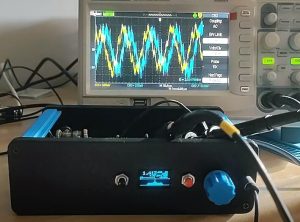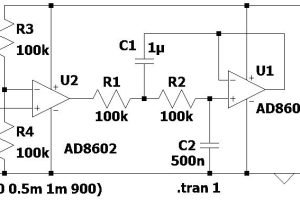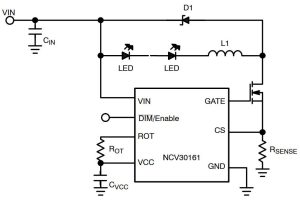
It is an up-to-30MHz software defined radio using a Raspberry Pi Pico for the local oscillator and… …. most of the rest of the radio.
Very pleasantly, this design introduced me to a ‘Tayloe’ down-converter (after Dan Tayloe), which uses a cheap analogue switch and a pair of op-amps to mix RF down to I and Q at baseband.
The Pi microcontroller reads the op-amp outputs via its ADC, and puts out headphone audio – as well as controlling a display.
It is so clever that the local oscillator does not have to be right on the carrier, the software takes care of any difference – as far as I can tell.
This design is well worth looking at – find the surprisingly simple circuit on 101 Things, and check out the video for an explanation.

What an interesting idea.
I love a good synchronous decoder, and went as far as building most of a 200kHz Radio 4 longwave receiver that used a phase-locked loop with its VCO running at 800kHz, divided by four to get 200kHz at 0, 90, 180 and 270°.
Each goes to one of the control inputs of a 4016 cmos quad analogue switch and (in a forgotten*) way, the synchronously-detected 200kHz carrier pops out out of one port with a 90° phase shift suitable for locking the PLL (using a multiplier-type subtractor) and the synchronously-detected audio pops out of a second port, with half the noise of a simple diode detector as detection is full-wave rather than half-wave.
Well, that was the idea – its other job was supposed to be to provide me with an accurate 200kHz frequency reference – I think the transmitter was locked to an atomic clock – and I also think the idea was finally killed when R4 longwave moved to 198kHz – it was that long ago….
Images:
screen shot of the Pi Pico SDR on the 101 Things YouTube channel
clip of Dan Tayloe document on Northern California QRP Club webside
– please get in touch if I have used either image inappropriately
 Electronics Weekly Electronics Design & Components Tech News
Electronics Weekly Electronics Design & Components Tech News



